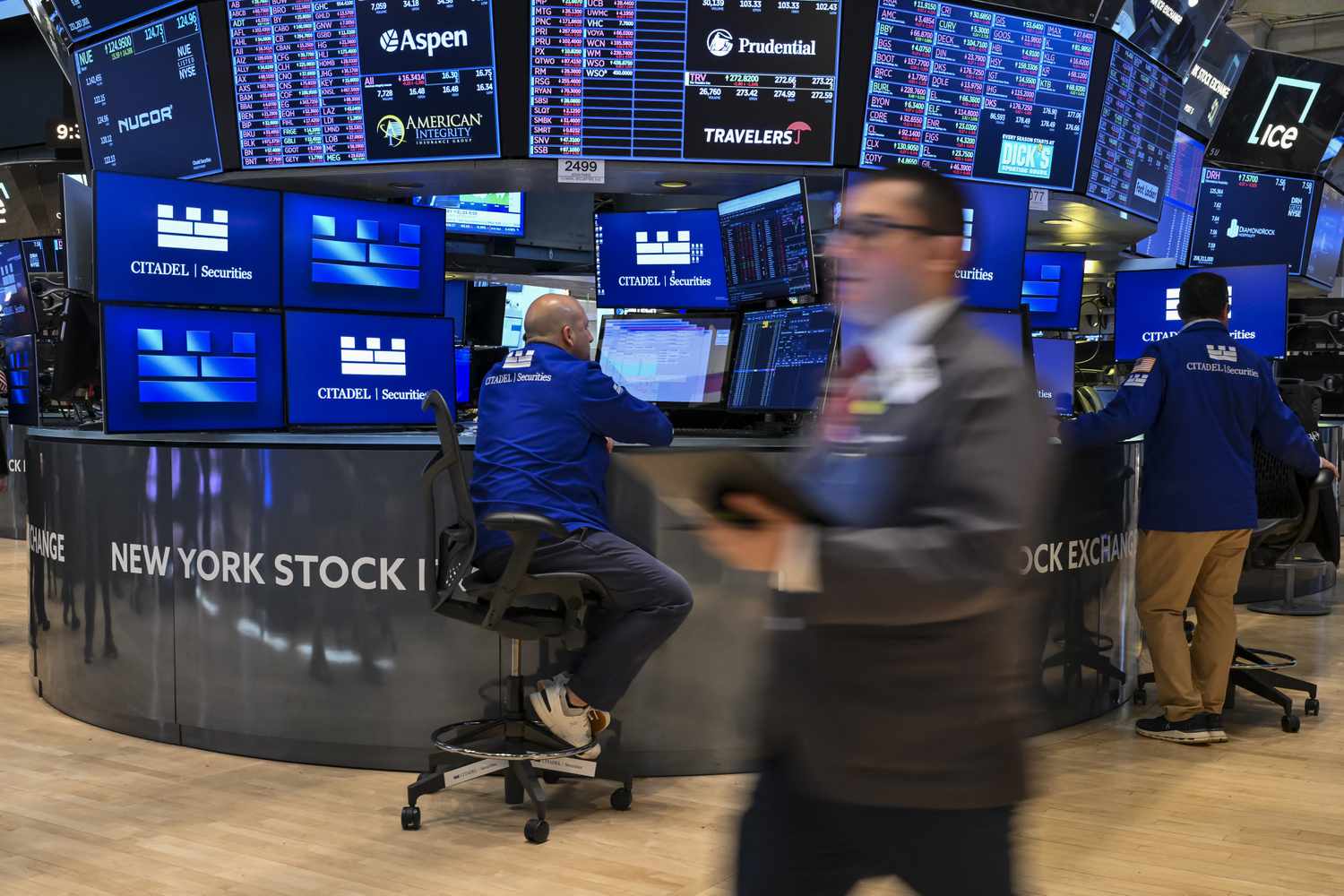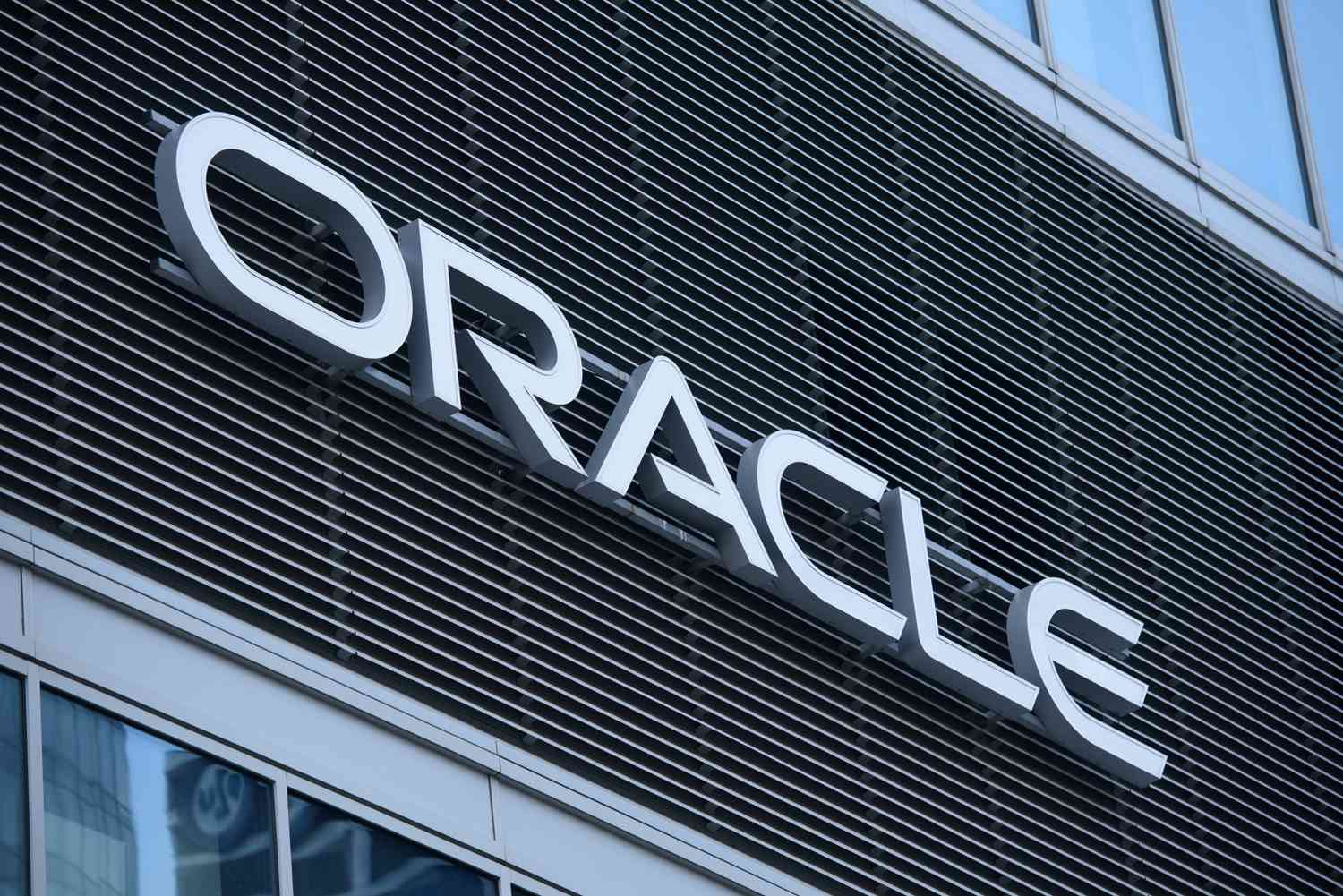Climate has always been an important consideration in deciding where to buy a home, but never more so than now. If you’re planning to buy in the near future, you not only need to consider what the local climate is like today but how it could change in the next 10, 20, or even 30 years.
Because of the growing risks posed by climate change—including floods, wildfires, and extreme heat—buying in the wrong place could make it harder to get a good mortgage, purchase insurance at affordable rates, or even resell the home someday. It could also put your family’s life in jeopardy. Here is what you need to know.
Key Takeaways
- Climate change is having an impact on home values, insurance costs, and the ability to get a mortgage.
- Major problems include flooding, fire, excessive heat, and poor air quality.
- Most parts of the U.S. are seeing the effects of climate change, but some have been particularly hard hit.
Flooding and Rising Insurance Costs
Flooding has become an increasingly common risk due to such factors as rising sea levels along the coasts and more intense rainstorms inland. Unfortunately, homeowners’ insurance rarely covers flood damage. For that potentially costly hazard, you need to buy a separate flood insurance policy, most of which are backed by the federal government’s National Flood Insurance Program.
Many mortgage lenders require homeowners to purchase flood insurance if the property they’re looking to buy is in a flood zone judged risky by the Federal Emergency Management Agency (FEMA).
By FEMA’s definition, “Any place with a 1% chance or higher chance of experiencing a flood each year is considered to have a high risk. Those areas have at least a one-in-four chance of flooding during a 30-year mortgage.”
FEMA issues new flood maps periodically based on changing risk levels and improvements in the technology and mathematical models it uses. In 2024, it released updated flood maps for many areas, which added thousands of homes to the high-risk category. In South Florida, for example, nearly 140,000 structures moved from a low- or moderate-risk classification to a high-risk one.
Tip
You can view the flood maps for any areas you’re considering online at the FEMA Flood Map Service Center.
Outside of FEMA-designated zones
But you don’t have to live in an official high-risk area to experience flooding. As FEMA notes, “Floods occur naturally and can happen almost anywhere. They may not even be near a body of water, although river and coastal flooding are two of the most common types. Heavy rains, poor drainage, and even nearby construction projects can put you at risk.” According to FEMA, “statistics show that people who live outside high-risk areas file more than 25% of flood claims nationwide.”
For that reason, homeowners who aren’t required by their lender to buy flood insurance may want to do so anyway. Premiums will vary according to the risks that your specific property is believed to pose and should not vary from one company or agent to another. According to FEMA data, single-family homeowners were paying $786 a year, on average, in late 2023, although that average included many policyholders who enjoyed a discounted rate due to a previous pricing model; new policyholders were paying an average of $1,290.
However, those averages give little hint of the much higher rates some policyholders have to pay. As the Miami Herald reported in 2023, residents of one ZIP code in Miami/Dade County were paying average premiums of $7,097, based on the new pricing model.
What’s more, insurers are allowed by law to raise premiums up to 18% a year. So a policy that is barely affordable now could be out of reach in a few years’ time.
You can get a current price quote on the National Flood Insurance Program website by entering the address of the home and some details about its size and construction.
90%
Percentage of all natural disasters in the U.S. that involve flooding.
Fire Risk and Drought-Prone Areas
Unlike flooding, damage caused by fire is covered under a typical homeowners policy, up to whatever limits you opted for when you bought it. That’s the good news. The bad news is that policyholders are far more likely today to find themselves having to file a fire-related claim.
Since the early 1980s, the U.S. has seen a relatively consistent average of about 70,000 wildfires each year, according to the U.S. Environmental Protection Agency (EPA). What has changed dramatically during that time is the magnitude of those fires, in terms of the acreage they consume and the number of homes they damage or destroy. In fact, the EPA says that “of the 10 years with the largest acreage burned, all have occurred since 2004. … This period coincides with many of the warmest years on record nationwide.”
While more than 80% of wildfires are caused by human actions, according to the National Park Service, drought, driven by climate change, is often a major factor in their wide and rapid spread.
Fires can happen anywhere and for many different causes, of course, but wildfires tend to be concentrated in certain parts of the U.S. In 2024, for example, wildfires destroyed 2,406 residences in the U.S., with the vast majority of them in either the American Southwest (1,010), Southern California (552), or Northern California (462).
A 2025 white paper from Moody’s predicted that the disastrous Southern California wildfires earlier that year were likely to raise insurance rates, compel insurers to write fewer policies, and spur a decline in property values. In addition, it suggested that anyone looking to buy in the area could find it harder to obtain a mortgage after lenders figured their likely insurance premiums into their debt-to-income ratio.
Minimizing risk
As if all that weren’t enough, wildfires also increase flood risk by destroying the vegetation that could otherwise absorb rainwater.
Would-be homeowners who are house hunting in a fire-prone area should be on the alert for features that will at least minimize their risk. That includes noncombustible or fire-resistant roofs and exterior walls and a “defensible space” around the home consisting of gravel, brick, or concrete and minimal flammable vegetation. It’s also worth investigating the extent to which the local community has implemented measures to prevent or minimize the damage from wildfires.
Some states are also beginning to offer incentives to homeowners who take steps to make their homes more resilient.
Heatwaves, Air Quality, and Livability
Besides floods and fires, climate change can impair your quality of life in other ways, depending on where you decide to buy a home.
Extreme heat is one increasingly important consideration. While many parts of the country have experienced higher temperatures and more days of them in recent years, certain states have been particularly hard hit. A 2022 report from First Street Technology designated what it calls an “Extreme Heat Belt,” comprising 1,023 U.S. counties where residents can expect to experience temperatures above 125°F by 2053. The organization says that the belt “stretches from the Northern Texas and Louisiana borders to Illinois, Indiana, and even into Wisconsin.”
High temperatures are not only dangerous for human and animal health, but can be costly in terms of energy costs and force people to stay indoors when they’d rather be outside.
Air quality can be another concern. Despite decades of national efforts to reduce pollution, the proliferation of wildfires, extreme heat, drought in many regions have led to an increase in ozone and particulate matter in the air, according to First Street Technology. It says the problem is most severe in the American West and singles out parts of California and the cities of Portland and Seattle as being at the greatest risk.
Anyone who chooses to live in area with poor air quality can reduce their risks somewhat by selecting a community that has implemented measures to address the problem, such as investing in a modern public transit system and expanding green spaces, such as parks.
Coastal Erosion and Sea-Level Rise
Home buyers interested in a waterfront or coastal property face a number of climate-related hazards. Sea-level rise is a major one.
For coastal properties in particular, hurricanes and storm surges, which have been increasing in intensity as a result of climate change, are a serious concern, as is coastal erosion.
Addressing these problems—through physical structures like sea walls or “green infrastructure,” such as planting vegetation or creating new wetlands—is expensive and not always successful. So some properties may be beyond saving and their owners may have no choice but to relocate in a number of years.
The Bottom Line
Climate change is an unfortunate fact and one that home buyers ignore at their peril. If you’re looking to buy in the near future, you’ll want to consider both the risks you could face today and how they might become worse in the future. For most of us, a home is a major investment and often a long-term commitment. You’ll enjoy your new home all the more knowing that you’ve done as much as you can to keep your family and your finances out of harm’s way.



















